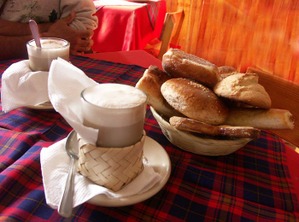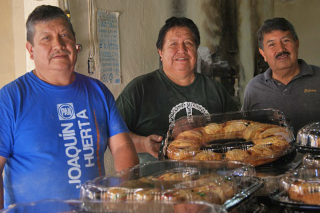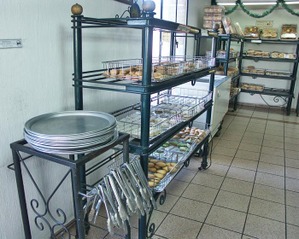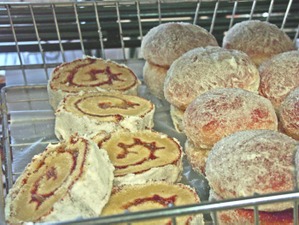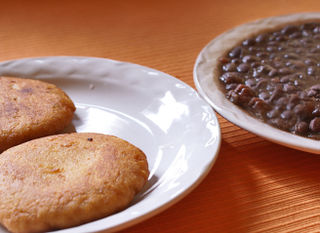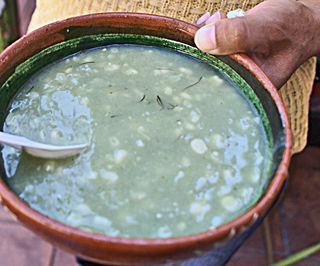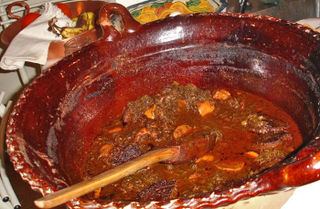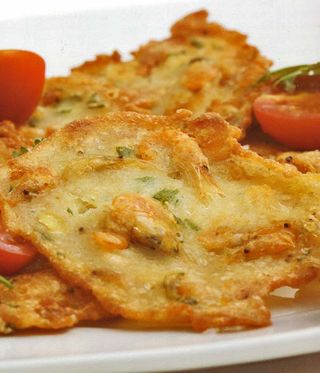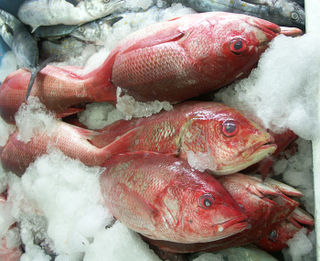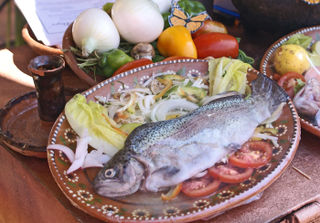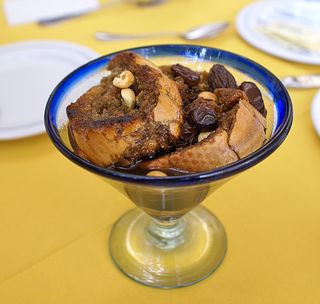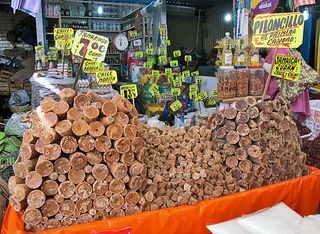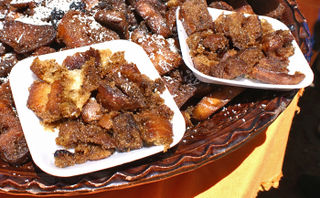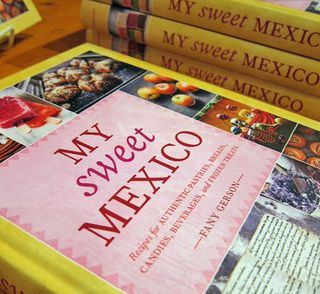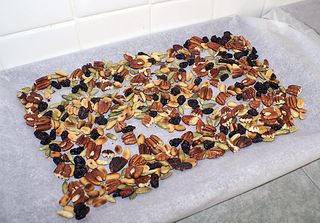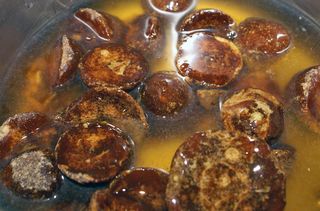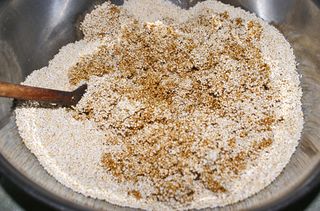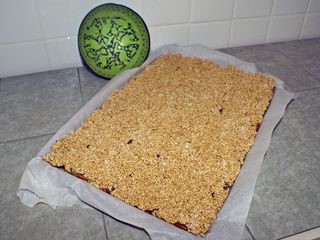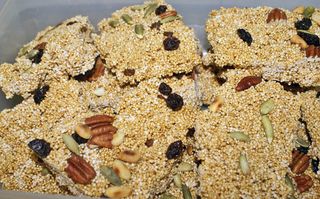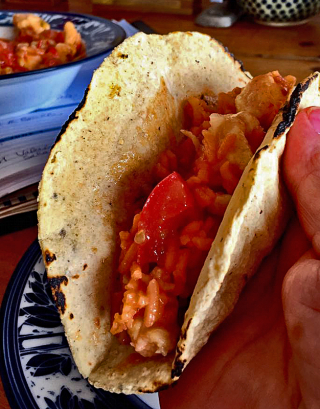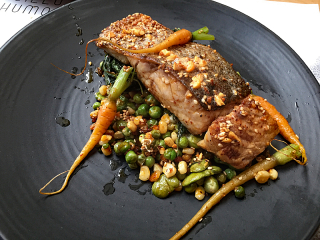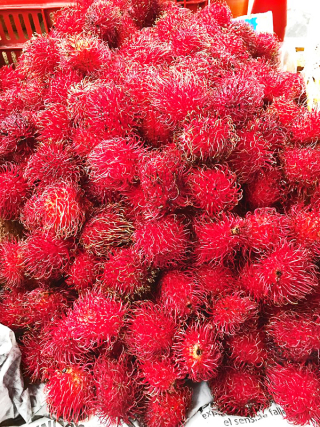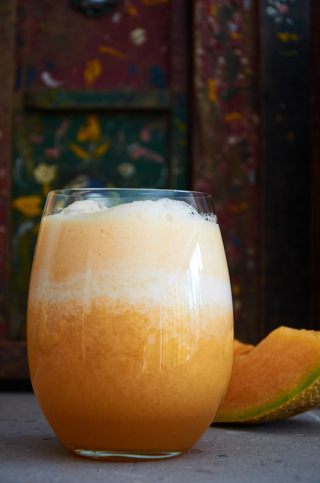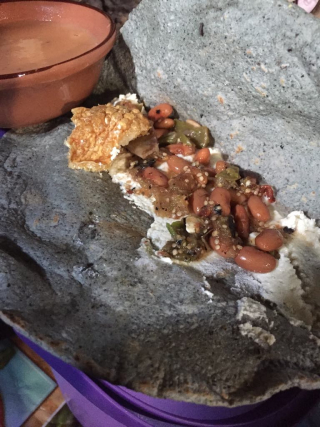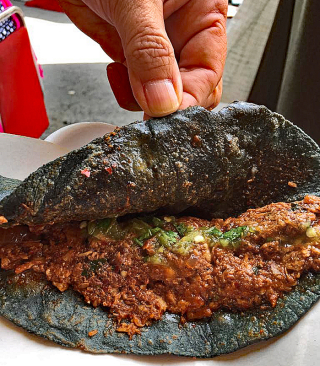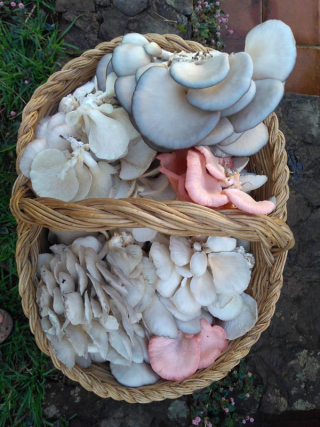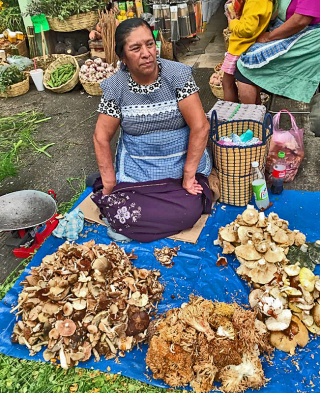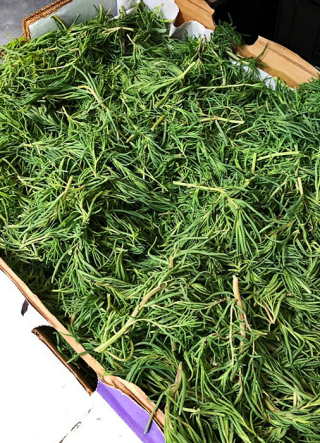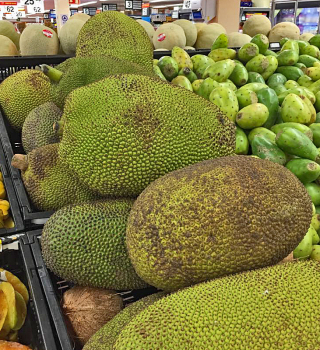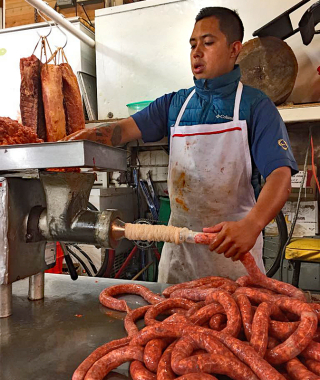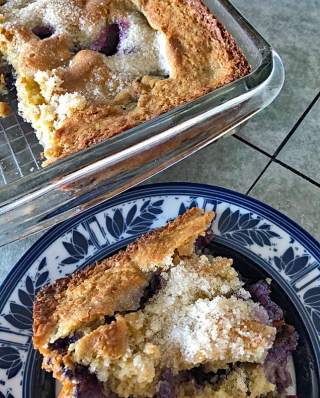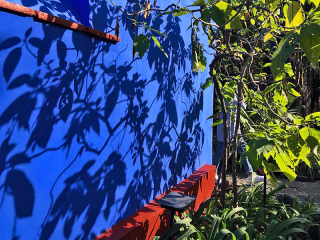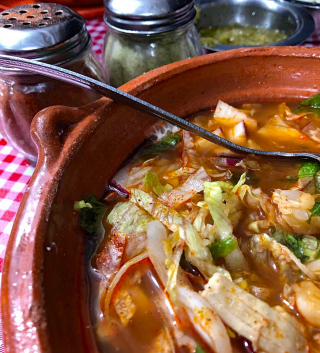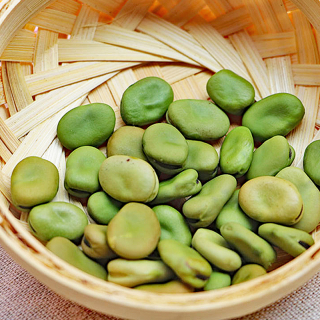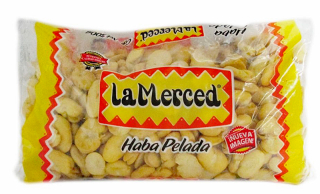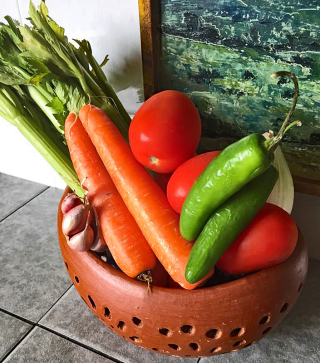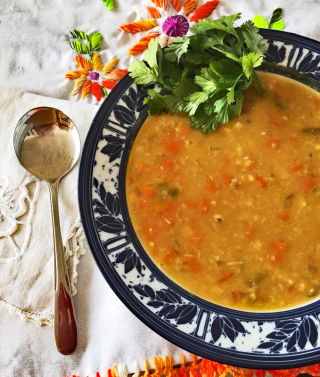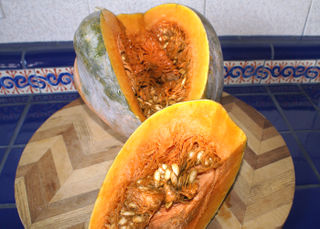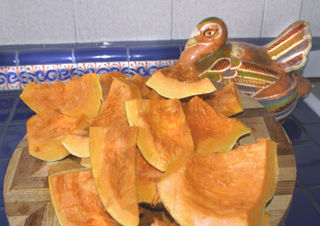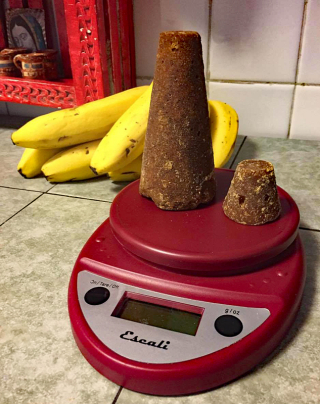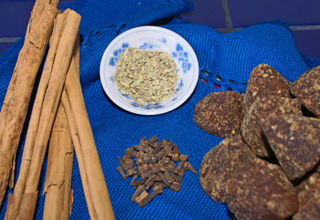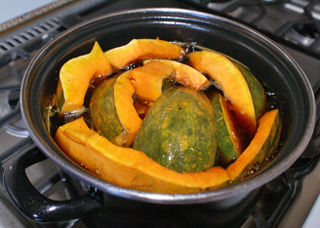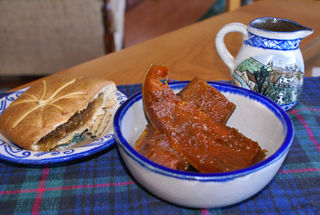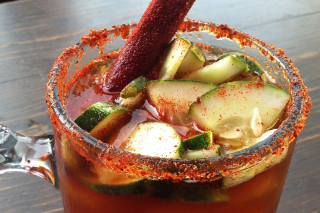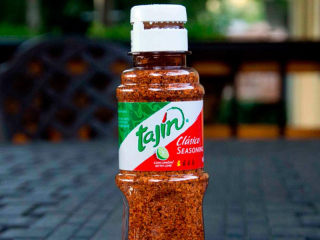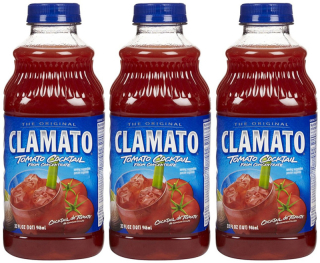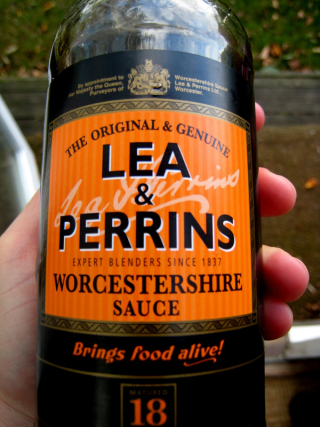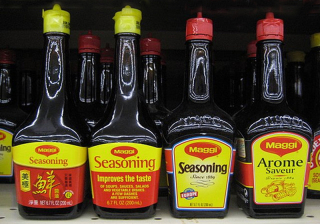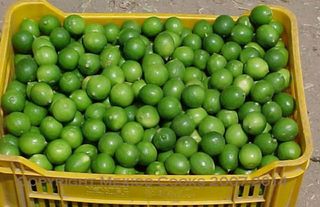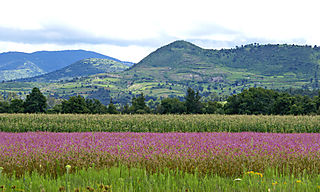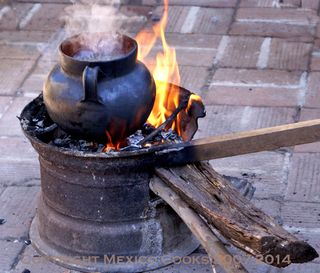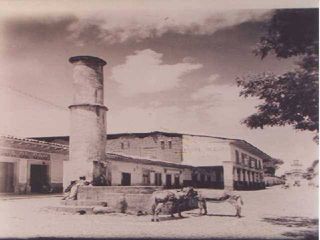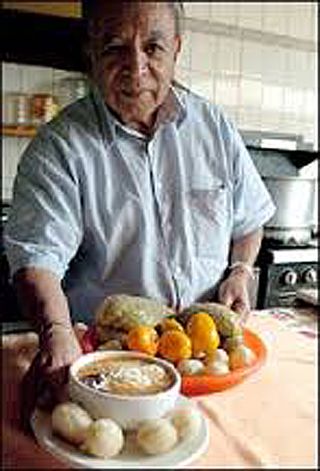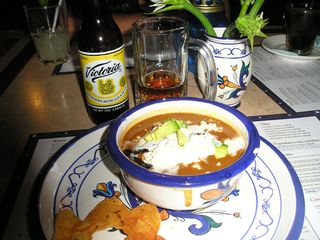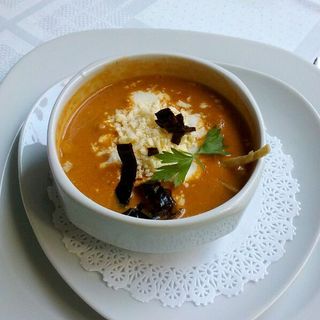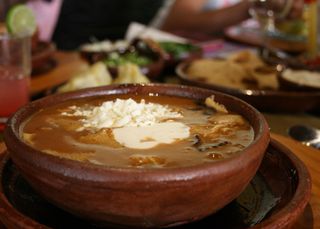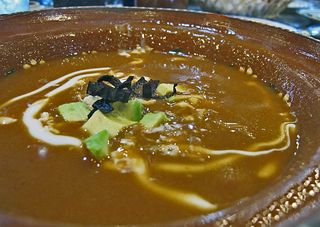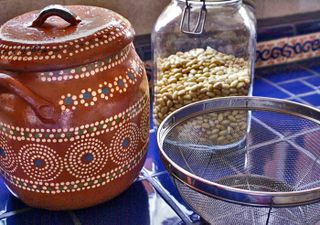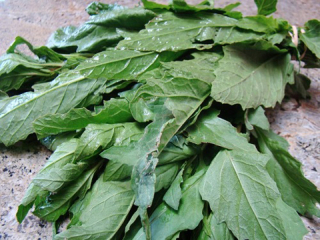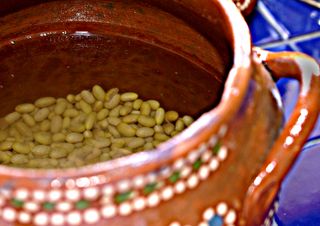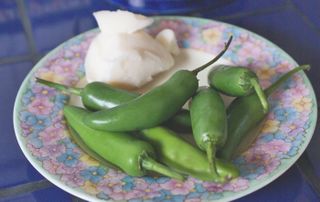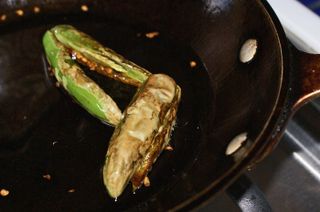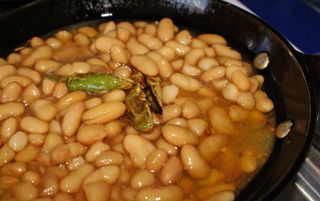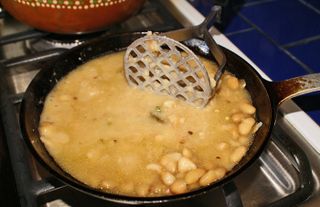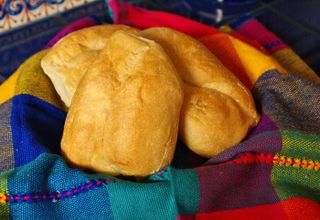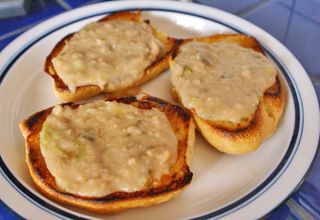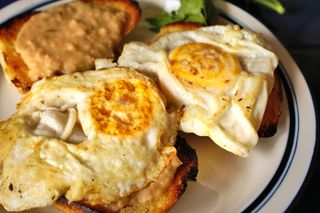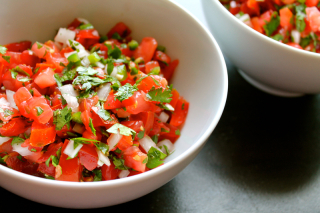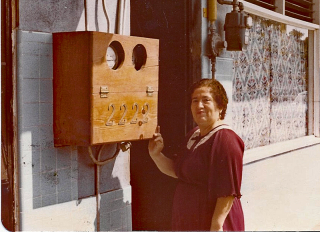
Doña María López viuda de Medina, Tijuana, Baja California. In front of her house, 1983. We met at Mass in early 1981 and became fast friends over a pot of her home-made pozole. Doña is an honorific for an older, respected woman–don is the masculine counterpart.

Traditionally, pozole starts with the head of a pig. The head is always smiling as it hangs on your butcher's hook, waiting to go in the pot. If you can't get a pig head from your butcher, use pork shoulder, pork butt, really meaty pork neck bones, or a combination of all three.
In early 1981, I tasted pozole for the first time. My soon-to-be-dear friend, doña María Medina (RIP), who owned a five-stool working-man's food counter restaurant in Tijuana, invited me to her tiny kitchen to dine. Doña María was originally from Jalisco and was shocked that I'd been in Mexico for all of three or four months and had never eaten the thick, rich, pork, chile and corn soup that I soon learned was pozole. I was such a neophyte that until she asked me if I'd eaten it, I'd actually never heard of pozole, but I couldn't let doña María know that. Because I knew doña María, I knew I was in for a treat, even though I had no idea what it was going to be. We set a date for me to eat pozole at home with her.
The day arrived. Doña María escorted me into her kitchen and sat me down at her table for two. Large pottery bowls were at our places, ready for the dishing-up. Meat, already sliced, lay on the counter next to a huge aluminum pot. Next to the pot she had laid out bowls of thinly sliced radishes, onion diced small, shredded cabbage, whole dried Mexican orégano, and powdered chile de árbol. She put several slices of meat into each of our bowls, ladled what seemed to me a bathtub of rich-smelling, steaming soup on top, and garnished each bowlful with the condiments. Smiling proudly, she put the bowls on the table. I thought she was ready to sit down with me, but no.
Instead, she looked at my bowl. "Te falta carne." (You don't have enough meat.) She put my bowl on the counter again and picked up an extra-extra long two-tined fork. Down into the soup pot it went, and up it came again. To my horror, impaled on the fork was a huge pig head. My eyes were the size of big white Mexican onions. She sliced meat from the cheek and piled it into my bowl. "Ahora sí, provecho!" ("Now then, bon appetit!") She sat down, and we dug in.
It's nearly thirty years and a lot of pozole later, but I still can't get the image of that first pig head out of my mind. If you've toured with me in a market in Mexico, you've already heard that story.
Readers who are familiar with the southwestern United States might be confused by the Spanish word pozole. In New Mexico and other parts of the southwest, the word is spelled "posole" and is the word used for the corn prepared for the soup. Here in Mexico, the words for the corn are the Náhuatl words cacahuatzintle and/or nixtamal, while the soup itself is called pozole (with a 'z').
My good friend Rolly Brook (RIP) has once again given me permission to use some of his excellent photos to illustrate the preparation of pozole. He photographed his friend Doña Martha (RIP) as she prepared this marvelous soup.
Rolly and doña Martha lived in Lerdo, in the northern Mexican state of Durango. Her pozole is slightly different from that of the central state of Jalisco, above all in its condiments, but the basic recipes are sisters.
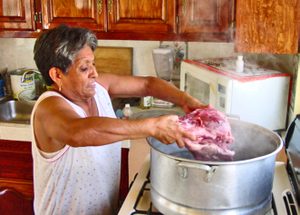
Doña Martha puts the cleaned pig head into the pot with the spices and flavorings. The prepared cacahuatzintle and the chiles go into the pot last.

Dried red corn kernels for making Jalisco-style pozole rojo.
Traditional Pozole from Jalisco State
Ingredients
1 cleaned pig head. Leave the teeth and eyes in the head. Ask the butcher to clean it for you. At home, you simply have to wash the pig head well in cold water.
12-15 liters of water for cooking the broth, etc.
3 kilos (about 7.5 lbs) espinazo (pork backbone), shoulder, or butt, or a combination of the three meats.
1 kilo (about 2.2 lbs) nixtamal-ized cacahuatzintle (dried field corn, preferably red for Jalisco-style pozole), or an equal amount of corn for pozole, already prepared and preferably red. You'll find prepared corn in the refrigerator section of many Latin grocers. In a pinch you can use canned hominy, but it's not the same. It's much too soft and bland.
10-12 chiles guajillo
6 chiles ancho
One large whole white onion, peeled
An entire large head of garlic, peeled
Cumin seeds, not too many as you don't want cumin to overwhelm the flavors of the pozole
Bay leaves
Sprigs of fresh orégano
Sprigs of thyme
A clove or two
A splash of vinegar
Sea salt to taste
Garnishes
Finely shredded cabbage
Thinly sliced radishes
Minced white onion
Avocados, to be sliced and added to the pozole by each diner
Limón criollo (key lime) to squeeze into the pozole
Salsa roja muy picante (really hot red sauce, preferably home made)
Mexican orégano to crumble into the pozole
Sea salt to taste
Serve with tostadas.
Preparation
Two days ahead of serving, begin to prepare the dried corn for the pozole. This process results in nixtamal.
Clean the dried corn kernels by picking through them and removing any stray corn husk pieces, rocks or other field rubble from them. Rinse the kernels well and drain.
Put the water in a large pot over a high flame. Add a tablespoon or two of calcium hydroxide (builder's lime) to the water.
Put the corn into the water/calcium hydroxide mixture and bring to a simmer. Allow to cook for about 45 minutes. Do not boil, boiling will ruin the corn. Remove from the pot from the heat and allow cool overnight in its liquid.
When the corn is cool, rinse it well under running water and rub it in a heavy towel (or in your bare hands) to remove the skin from the kernels. The cooked kernels should be white or pale yellow.
OPTIONAL: Use your thumb nails or a small sharp knife to remove the hard pedicel (the little piece of the corn kernel that holds the kernel to the cob) from the narrow end of each kernel. This step is hideously time-consuming and mind-numbingly boring, but removing the pedicel allows the kernels to "flower", or open up. Many cooks in Mexico have stopped doing this part, but you might want to try it at least once. I did this the first time I made pozole, in spite of the fact that my housekeeper said, "You're not really doing that!" and laughed at me the whole time I struggled at the job.
Put the cleaned kernels back in the pot and cover with water to about 3" above the kernels. Cook over medium heat until the kernels flower, about three hours. Do not stir the corn while it cooks, but you might want to skim the top of the water from time to time.
Once the corn kernels are tender, add salt to taste. Many cooks don't add salt until the kernels are soft, saying that they will toughen.
Reserve the now-nixtamal-ized cacahuatzintle for later use in the pozole.
Grind all the spices except the chiles, the garlic, and the onion until they are fine powder. Put the pig head into a large pot and add water to cover. Add the fresh garlic, the ground spices and the whole onion. Reserve the chiles and the corn for pozole for later use.

Trim the espinazo and pork butt or shoulder into large pieces. Add this meat to the pot along with the whole onion. Simmer the meats for approximately an hour and a half.
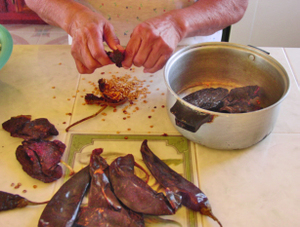
Prepare the dried guajillo chiles by slitting them open and removing the stems and the seeds. The guajillo is not spicy at all, but adds wonderful flavor and color to pozole broth.
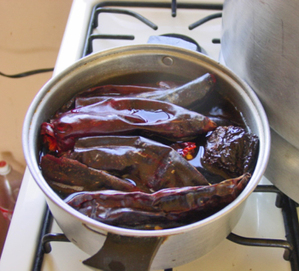
Simmer the chiles while the pork meats cook. The chiles need to cook for an hour or slightly more. When the chiles are soft, put them in a blender and purée them with some of their cooking liquid until they are very, very smooth.
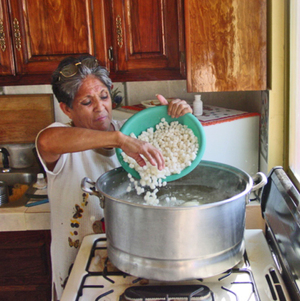
Doña Martha eases the nixtamal into the pot.
When the meats are tender, remove the head, the espinazo, and the other meats from the pot and reserve. Add the prepared corn kernels and the puréed chiles to the pot and continue to simmer over low heat for another hour.
While we wait for the meats to cook, here's a list of the parts of the pig that people really like in their pozole:
—Oreja, slices of ear
—Cachete, slices of cheek
—Trompo, slices of snout
—Lengua, slices of tongue
—Ojo, the eyeballs
You can have your pozole with maciza (just the meaty pork butt or spine) or surtido (a selection of all the meats on this list plus some maciza).
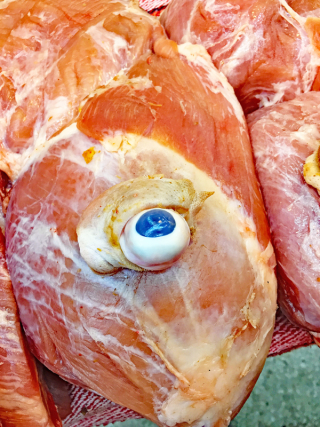
This is not a fish. My favorite butcher removed an eye from a pig head and laid it on a piece of maciza (raw pork shoulder). He's a big jokester, and you know me–I'm a little weird.
While the pot of nixtamal-ized corn simmers, slice the meat off the head–the cheeks are particularly delicious!–and slice the rest of the meats into serving-size pieces. Reserve the eyeballs for your guest of honor.
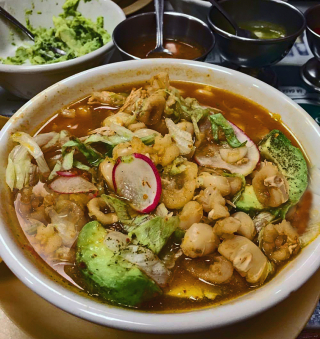
The finished product! Serve with a pile of crunchy- tostadas on the side.
Just before serving, put a big ladle-full or more of corn kernels and broth into individual large pozole bowls. Add several slices of meat to each bowl, on top of the corn kernels. At table, each eater adds his or her own condiments according to taste. I like mine with crumbled orégano, a soup spoon of minced onion, a big squeeze of limón, a fistful of sliced radishes, some sea salt, a lot of shredded cabbage, a couple of slices of avocado, and a spoonful or two of salsa roja–in other words, a little of everything!
Espérate, te falta carne! Ahora sí, provecho! (Wait, you need more meat! Okay, now, enjoy!)
Looking for a tailored-to-your-interests specialized tour in Mexico? Click here: Tours.

